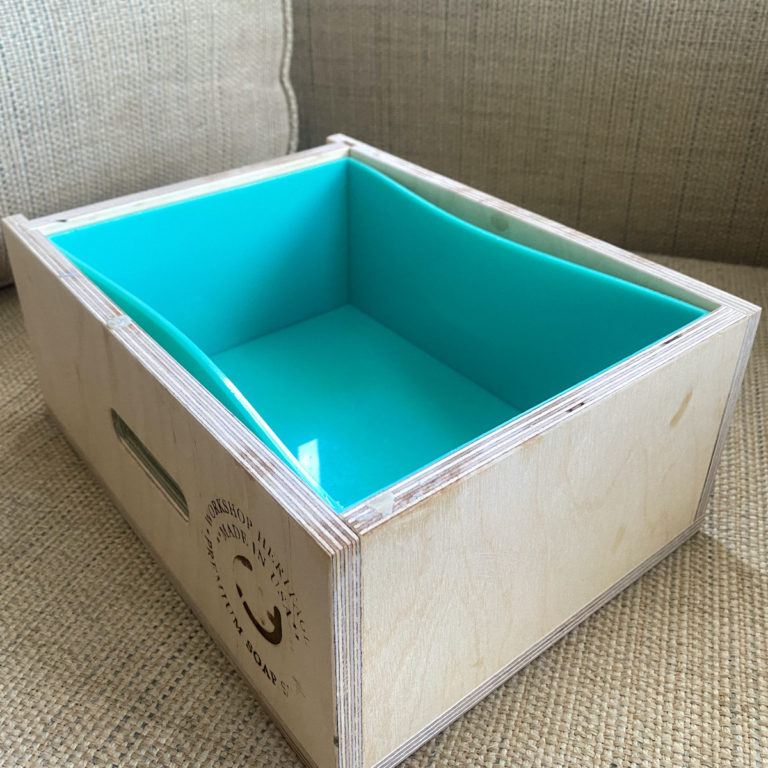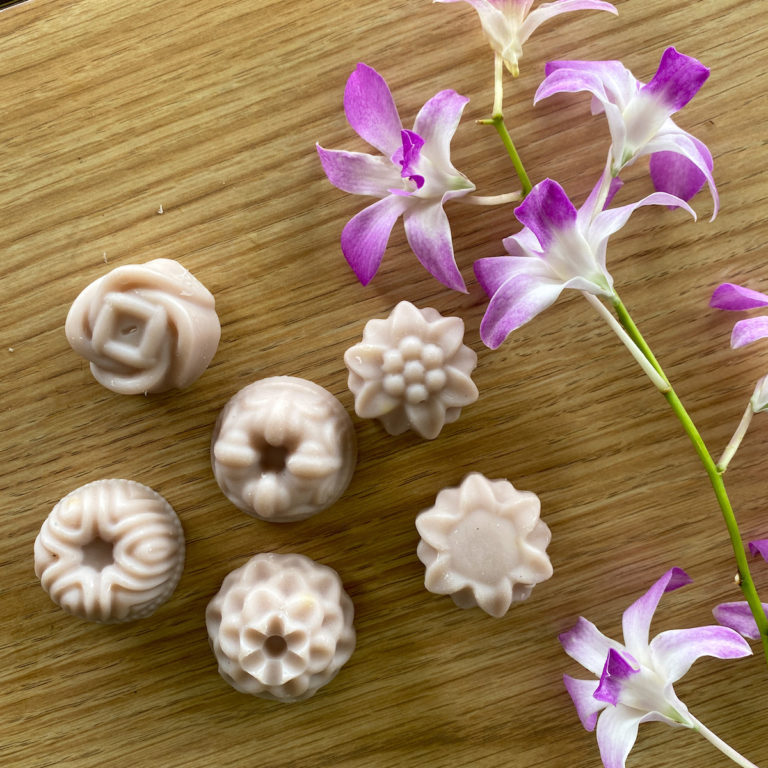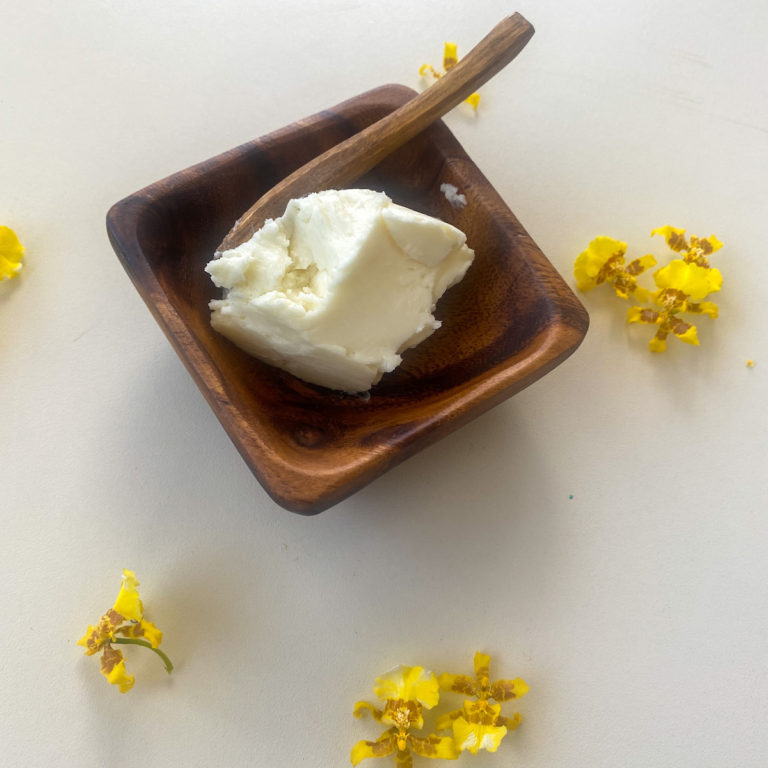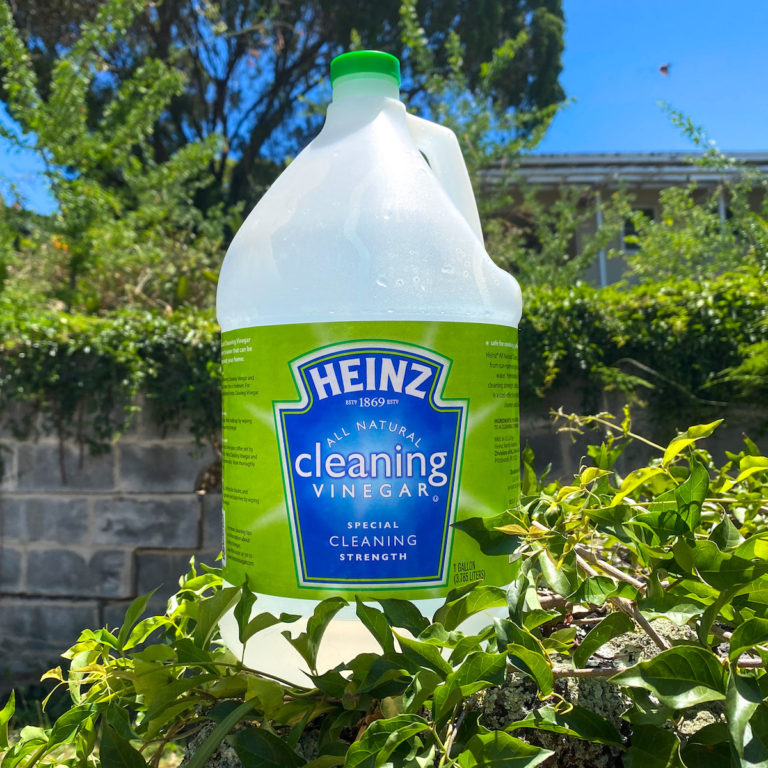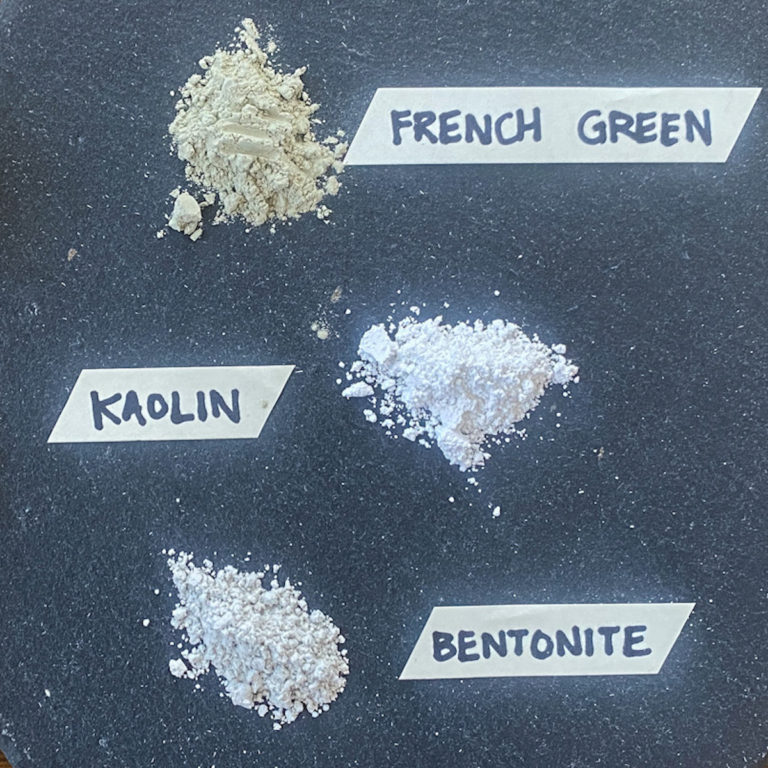Lye Safety In Soap Making – 9 Steps To Keep You & Your Family Safe
Employing sound practices for lye safety in soap making is extremely important. Failing to do so can result in you getting hurt, and that means you’re going to be too scared to EVER MAKE A BAR OF SOAP AGAIN IN YOUR LIFE. It’s sad, really.
Okay, overly dramatic warning aside, let me tell you a story.
The Bad Thing That Happened
When I first started soap making I was a little dismissive of all the advice to be so careful around lye (sodium hydroxide). That was a mistake.
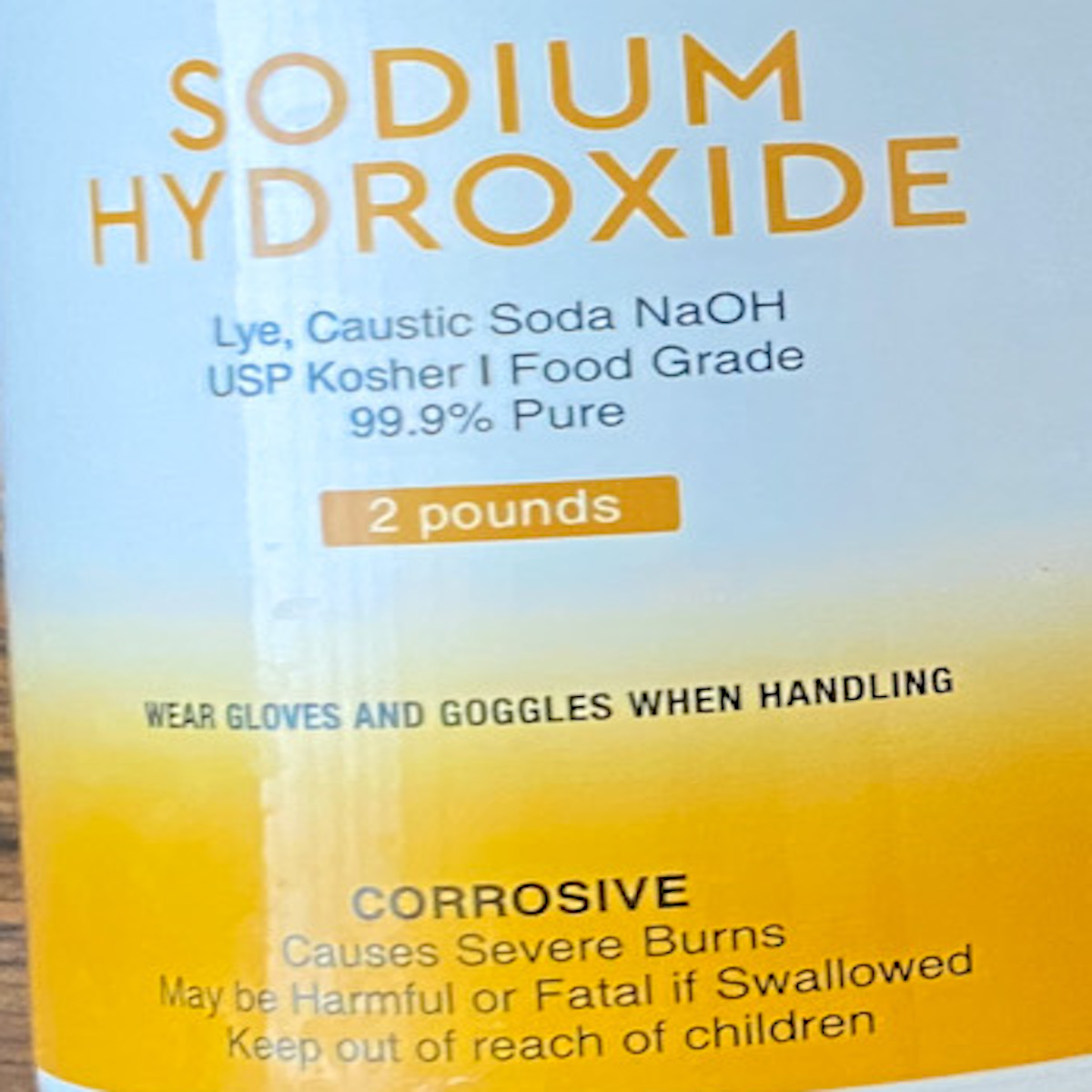
I certainly mixed my lye solution in well-ventilated spaces (outside) because I thought my lungs were the main thing at risk. I figured if I got a little bit of lye on my hands (which I have done and actually still do sometimes to this day) I’d quickly rinse it off before any major damage was done.
And then something bad happened.
Not to me, but to Jerika Zimmerman who’s a full-time soap maker that shares awesome soaping business advice.
She got LYE in her EYE! And it was bad. I’ll put the video about that at the bottom of this post.
From that point on, I knew I was never going to be such a lazy dumbass again. Well, at least not when it comes to lye safety. And you won’t be a lazy dumbass either because you know about the bad thing that happened.
Dangers of Lye
In short, this is why you need to be careful when working with lye:
- Lye is a highly alkaline compound that is caustic in nature and can cause burns
- Lye is highly reactive. When mixed with water it results in a lye solution that will:
- become extremely hot
- produce fumes that irritate the respiratory system
Lye Safety In Soap Making
Please use a great deal of care and attention when handling:
- the lye itself
- lye solution (lye dissolved into liquid)
- raw soap batter containing unsaponified lye.
Here are some key precautions to remember, always:
1. Use Only Lye-Safe Plastics
You don’t want lye (remember it’s caustic) or the heat it can generate (which is a lot) eating through or melting your vessel, so you have to choose a lye-safe container for mixing lye solution.
With glass, the heat can crack your vessel, so never use glass as your lye mixing container..
You might already have something that works right in your own house. Check for suitable containers by looking for plastic numbers on the bottom of containers. You’re looking for high density polyethylene (HDPE, recycling code #2) and polypropylene (PP, recycling code #5).
2. Always Add Your Pre-Measured Lye Into Pre-Measured Water. Never EVER Add Water To Lye.
If you add lye to water it will behave as you expect – it’ll get hot and create fumes.
If you add water to lye, it will do those same things, but may also erupt out of it’s container.
Just don’t do it.
3. Mix Lye In A Well-Ventilated Area Away From Other People & Animals
Outdoors in an area kids and animals can’t get to is really your best bet, above all other options, BY FAR.
If you can’t do that, near an open window in a room with good air circulation will do.
If you’re ever mixing lye indoors, you may want to play it extra safe and wear a mask.
4. Keep Distance Between Yourself & The Lye Solution When Mixing
As much as you can, maximize the distance between your face/body and your container when dissolving your lye into water. I think all of us soap makers wish our arms were just a little bit longer.
In addition to stretching out my arms to keep distance from the hot, fume-y solution, I turn my face to the side during much of the mixing process.
And I don’t know how many other soap makers do this, but I hold my breath when actively mixing lye solution, and I step away for short breaks (a handful of seconds) during the dissolving process to grab quick gulps of fresh air.
5. Wear Eye Protection When:
- measuring lye
- mixing lye solution
- working with raw soap batter
You never really know when you’ll do something uncharacteristically clumsy and send a piece of lye, or a splash of lye solution / soap batter flying at your face.
6. Inform Others Who Might Come Across Your Lye, Lye Solution or Raw Soap Batter
Warn them what it is and the potential consequences of touching or ingesting it.
Lye can be mistaken for familiar food stuffs (salt, sugar, etc).
Lye solution often just looks like clear water.
The kitchen is where I believe most people are creating their awesome homemade soaps (which requires lye).
I think you can see where I’m going here.
Part of soap making is letting lye solution cool after mixing/dissolving. Perhaps you’re letting your lye solution cool on the kitchen counter after the mixing fumes have died down. The kitchen is the busiest room in most houses, so children, partners, or housemates might be in and out preparing food on the counter. They might be distracted or careless when they’re in there because they aren’t used to running into caustic materials where they eat. They deserve to know.
Also be mindful of where you place your soap to go through it’s saponification process. For many hours after pouring, it’s still raw soap batter. You definitely don’t want pets or kids getting into it.
7. Clean Up Right Away After Soaping
This step is for the same reasons listed above.
Be a little overzealous here. Wipe all surfaces tiny bits of lye might have accidentally fallen onto, whether you think they did or not. Wipe anywhere any type of pouring occured (pouring lye solution into oils, or soap batter into a mold). Wipe anywhere you might have splashed even the tiniest bit of lye solution or soap batter. You’ll rest easier this way.
And change your clothes if any soap batter splashed on you.
Here’s why (in storytime format)
I was soaping one day, and everything was going smoothly until a small amount of soap batter splashed during the pour, landing on my shorts and thigh.
I wiped the batter off my leg, being mostly concerned about my skin being burned.
I wondered if the soap batter would soak through my shorts and make contact with my skin. It was really close to my crotch, so hell no, I couldn’t have that. I pondered for a bit and was on the alert for any reactions from down there, but it was a really small amount of batter and it felt like nothing, so I went about my soap pouring and cleanup, and figured I’d deal with it later.
But I forgot.
Some hours later I sat down on the couch with our pet rats, who love to eat everything, including (apparently) soap. One rat made a beeline for that splash on my shorts. He appeared to nibble at it and be completely done with his nibble in a second.
Luckily he was okay but it was mental agony not knowing if he actually ingested any of it or just unsuccessfully attempted to. I didn’t know what stage of saponification the batter was in or how much lye was still raw. And how much damage (if any) it would do to him.
So, please please please be mindful of splashes that may have landed on your clothes if you have pets or kids or young children.
And/or wear a soaping apron.
8. Optional: Protect Your Hands With Reusable Gloves
I debated over whether or not to call this step optional or not. Long story short, I think you should do it, but I’ve been quite horrible with this step myself.
I don’t want to use disposable gloves for the simple reason that they’re single-use. And I don’t want to spend the money to invest in a good pair of reusable or otherwise eco-friendly gloves.
I’ve definitely experienced some unpleasant sensations due to raw soap batter getting on my hands.
So while I don’t do this step myself YET (I will, promise), I want to encourage you not to be like me.
9. Optional: Protect Your Arms By Wearing Long Sleeves
Your lower arms will suffer the occasional splash of lye solution. Long sleeves are a good way to protect them.
Bonus Tips
1. Begin With Small Batches of Soap
There are a bunch of 1lb recipes out there, and that’s a good place to start. I often make much larger batches of soap at this stage of my soaping journey, but I’ve been doing this for years by this point.
There are many reasons to start small anytime you’re still in the learning phase. Let’s not get into all those reasons now.
Specific to lye safety, the main reason is that smaller batches of soap require less lye solution, and the less lye solution you need to make, the less heat and fumes you’ll need to deal with.
2.Mix Lye Solution On A Surface You Don’t Mind Damaging
This is a table I accidentally (and completely) ruined the surface of, with lye:
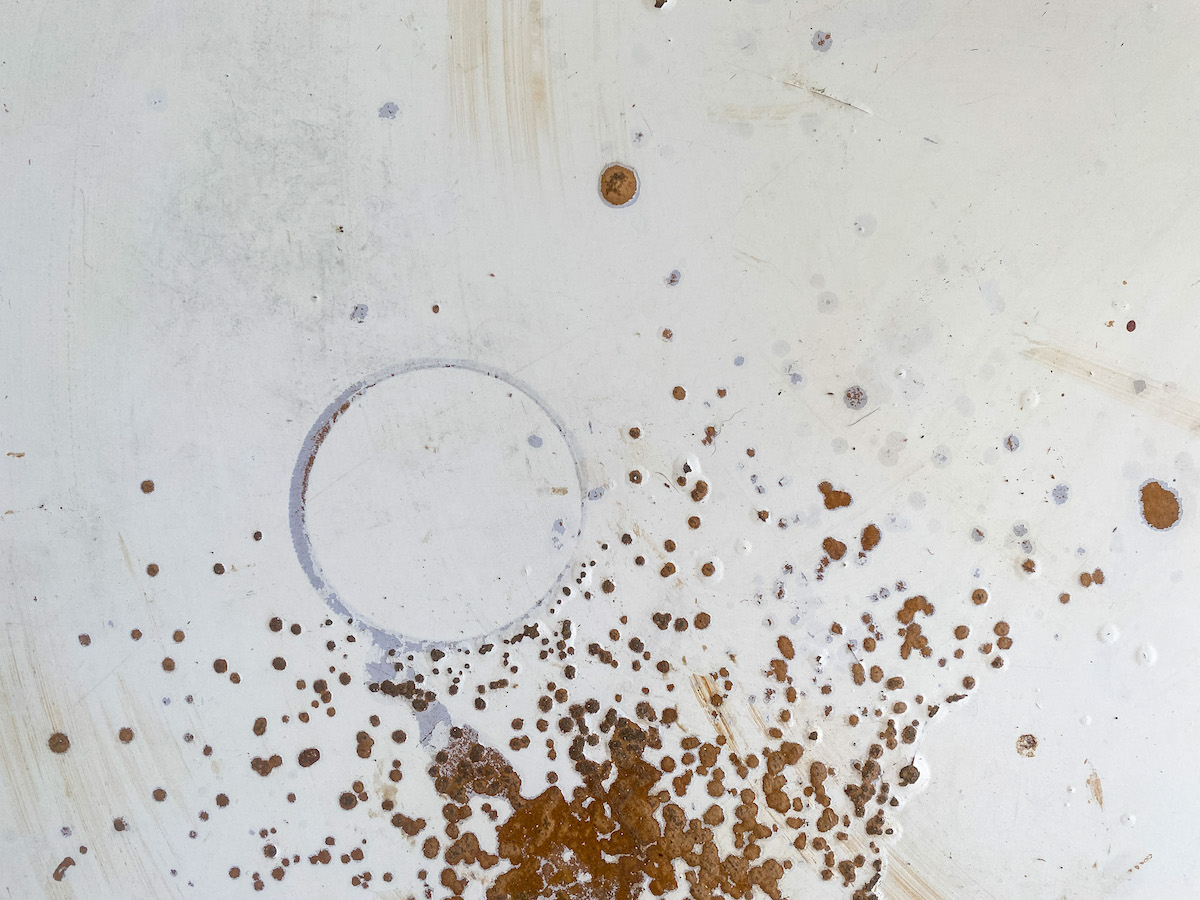
One thing to know about lye is that it pulls moisture from the air. So it kind of has the ability to turn itself into lye solution.
Another thing to know is that when you’re pouring lye into water, the lye doesnt always fall nicely into the container holding the water unless the container holding your water is pretty wide.
Part of the reasons the lye doesn’t always fall nicely is because lye is pulling moisture from the air, sometimes causes pieces of lye to stick to things like the container you’re pouring it from.
Every little lye granule that bounces out onto the table or counter you’re working on will pull moisture from the air and turn itself into lye solution, potentially burning table and counter tops.
The same holds true with any lye solution splashes you caused during mixing.
Moral of the story: soap on an ugly table.
3. Immediately After Measuring Lye, Replace The Cap On Your Container
This is for the same reason noted under #2 just above. Lye attracts water.
Moisture in your lye bottle will result in a hard clump of unusable lye.
4. Wear An Apron Or Your Ugly Clothes When Soaping
Especially after reading my soap batter on the shorts story, I’m sure you can imagine why.
Final Thoughts On Lye Safety In Soap Making
I think I already did my job of driving the point home, but just in case you’re still skeptical, here’s that video I mentioned that will prove without a doubt that you really have to take lye seriously:
I’d like to end by encouraging you not to be afraid to work with lye, but to be careful.
You will get used to it, and you will be fine if you just make the right choices.
Using practices to ensure lye safety in soap making will become second nature to you once you get a handful of soap batches under your belt.
Happy SAFE soaping!

